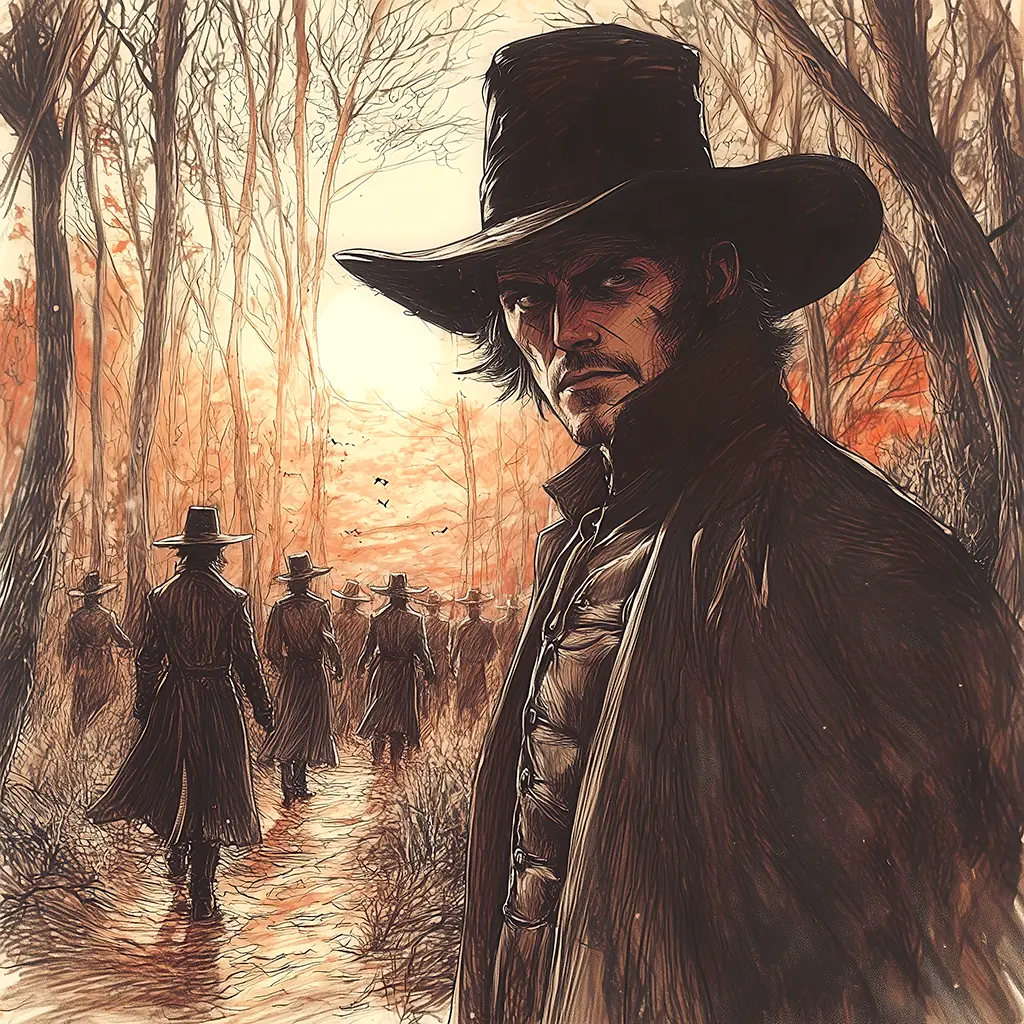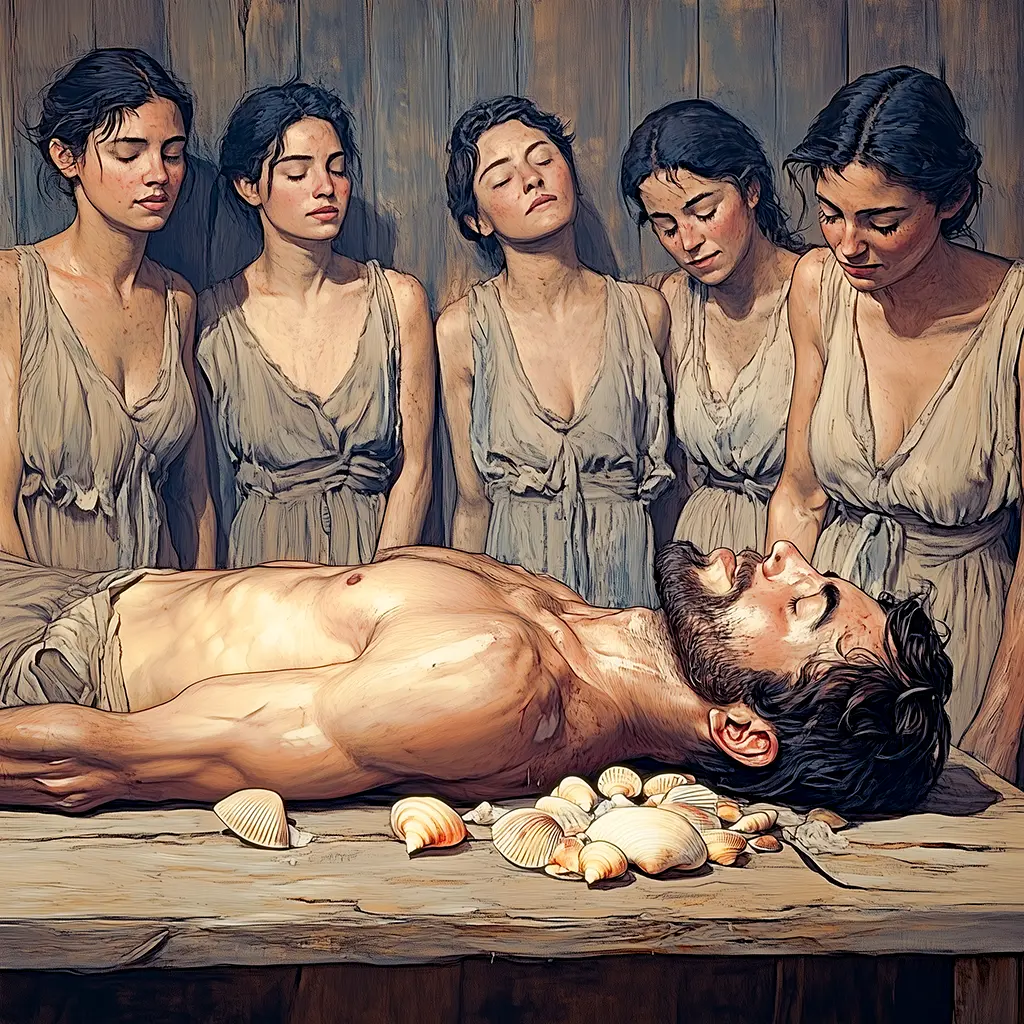Richard Connell: The Most Dangerous Game. Summary and analysis
In “The Most Dangerous Game,” the hunter Sanger Rainsford accidentally falls overboard and swims to an enigmatic Caribbean island called “Ship-Trap Island.” There, he finds a luxurious mansion inhabited by General Zaroff, a Russian aristocrat who has taken his passion for hunting to a disturbing extreme: bored of hunting animals; he has started to hunt human beings, looking for a worthy adversary in them. When Rainsford refuses to participate as a hunter, he becomes the general’s new prey. For three days, he fights to survive in the jungle, using his cunning and skills to evade Zaroff and his hounds. In an unexpected twist, Rainsford fakes his death by throwing himself into the sea and reappears that same night in the general’s room. In the final confrontation, he kills Zaroff and ends the macabre “game.”





